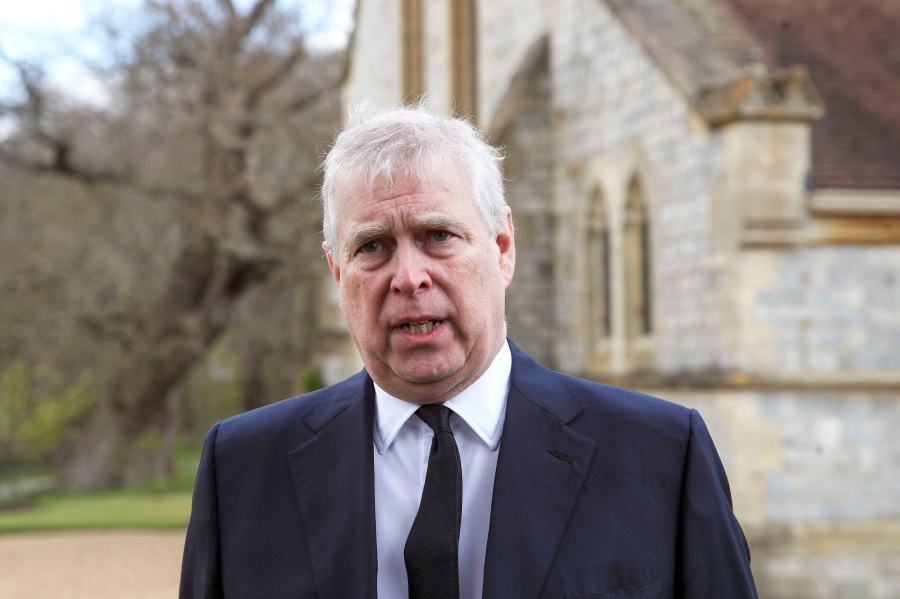UPDATE: Mayor Eric Adams is demanding urgent action from the federal government to fast-track the much-needed overhaul of the Brooklyn-Queens Expressway (BQE), warning that delays could lead to severe traffic disruptions and truck weight restrictions. In a critical letter sent on October 15 to U.S. Transportation Secretary Sean Duffy, Adams is calling for a Notice of Intent to be published by November 14 to kickstart the federal environmental review for the crumbling 1.5-mile segment of the BQE between Atlantic Avenue and Sands Street.
The mayor emphasized that this aging structure is vital for the region’s economy, stating that further inaction could jeopardize public safety and the supply chain. “Delays risk significant weight restrictions and even a permanent closure, which would divert heavy traffic onto local streets, leading to billions in economic losses,” he warned.
This letter represents a last-minute effort by Adams to push the project forward before his departure from office in January. The swift action requested comes amidst growing concerns from community groups who feel blindsided by the proposal. Local environmental organizations have been advocating against the city’s plans, seeking a more sustainable and community-focused approach to the BQE’s future.
“One of the things that’s still unclear is what exactly is going into this environmental review. We don’t have a clear understanding of the plans,” said Lara Birnback, executive director of the Brooklyn Heights Association.
Local advocates, including the BQE Environmental Justice Coalition, argue that the city should prioritize short-term safety repairs rather than rushing into a major overhaul that could further degrade air quality and exacerbate noise pollution. They criticize the lack of community engagement in the proposed plans, saying that prior input has not been adequately considered.
Currently, the USDOT’s Federal Highway Administration is reviewing the notice of intent packages submitted by New York City’s transportation agencies, but no timeline for a decision has been provided. If the federal government does not act promptly on Adams’ request, the future of the BQE may be left to the next city administration, raising further uncertainty as Adams prepares to leave office.
Birnback expressed hope for collaboration with future leaders, stating, “We’ll continue to pursue our goals and work constructively with any new administration to advocate for community needs along the BQE corridor.”
As the deadline for federal action approaches, the pressure mounts for stakeholders to reach a consensus on how to address the urgent needs of this critical infrastructure. The call for immediate federal engagement underscores the complexities and stakes involved in the BQE overhaul, making it a pivotal issue for New Yorkers.






